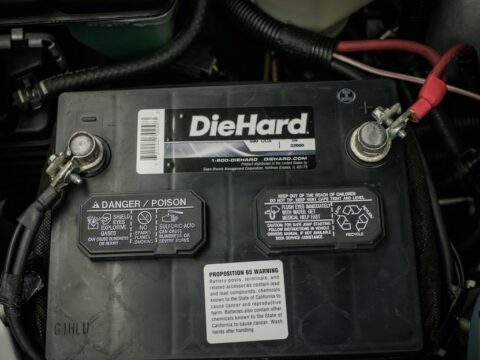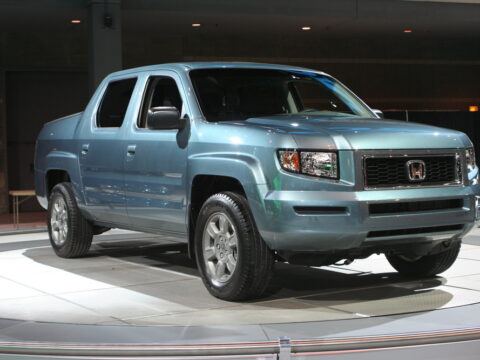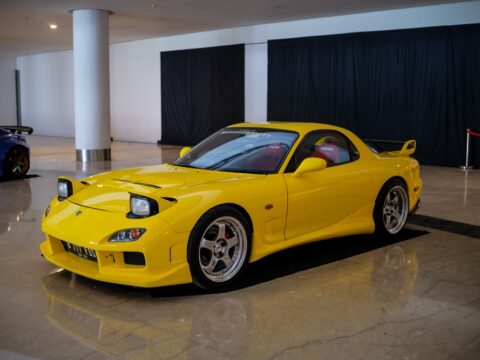The history of American cinema is rich with iconic vehicles that have not only graced the big screen but have also become cultural symbols in their own right. These cars, often central to the narratives of the films they appear in, are remembered for their unique designs, the roles they played, and the way they resonated with audiences. From classic muscle cars to unique custom builds, these 15 vehicles represent some of the most memorable and significant American cars in Hollywood history.
Contents
1968 Ford Mustang GT390 – “Bullitt”

The 1968 Ford Mustang GT390, driven by Steve McQueen in the classic film “Bullitt,” revolutionized car chase cinematography with its raw, unadulterated action through San Francisco’s hilly terrain. The Mustang’s dark green paint, along with McQueen’s effortlessly cool performance, turned this car into a symbol of American muscle and cinematic cool. Its significance lies not just in its on-screen presence, but also in how it influenced future car chases in cinema, setting a high bar for authenticity and excitement.
1958 Plymouth Fury – “Christine”

In Stephen King’s “Christine,” the 1958 Plymouth Fury transcends being merely a car; it becomes a character with a menacing life of its own. The Fury’s transformation from a rundown relic to a restored, vengeful being mirrors the film’s horror and suspense elements. Its vivid red color and eerie abilities to regenerate made it a unique symbol of obsession and terror in American cinema.
1977 Pontiac Trans Am – “Smokey and the Bandit”

The 1977 Pontiac Trans Am from “Smokey and the Bandit” epitomizes the rebellious spirit of the late 70s. Its sleek black and gold design, coupled with Burt Reynolds’ charismatic performance, captured the American public’s imagination. The car’s role in the film’s high-speed pursuits and daring escapades played a significant part in making it an icon of pop culture and a symbol of freedom and adventure on the open road.
1961 Ferrari 250 GT California – “Ferris Bueller’s Day Off”

Although an Italian car, the Ferrari 250 GT California in “Ferris Bueller’s Day Off” is an integral part of this quintessentially American film. It represents luxury, rebellion, and the fleeting nature of youth. The memorable scene of the car crashing through a glass garage window encapsulates the film’s themes of living life to the fullest, leaving a lasting impression on audiences.
1982 DeLorean DMC-12 – “Back to the Future”

The DeLorean DMC-12, with its futuristic design and role as a time machine in “Back to the Future,” became a cultural phenomenon. Its stainless steel body, gull-wing doors, and association with time travel made it one of the most recognizable cars in film history. The DeLorean transcended its role as a mere vehicle, becoming a symbol of innovation, adventure, and the possibility of changing one’s destiny.
1959 Cadillac Ambulance – “Ghostbusters”

The Ecto-1, a modified 1959 Cadillac ambulance in “Ghostbusters,” is as much a character as the ghost hunters themselves. Its distinctive siren, logo, and modification for ghost-hunting adventures made it an emblem of the paranormal comedy genre. The car’s unique look and role in the team’s escapades contributed to its lasting fame and popularity.
1969 Dodge Charger – “The Dukes of Hazzard”

The General Lee, a 1969 Dodge Charger from “The Dukes of Hazzard,” is a symbol of the American South’s car culture. Known for its signature horn, distinctive paint job, and high-flying stunts, it became a star in its own right. The Charger’s depiction in the series encapsulates a sense of freedom, defiance, and nostalgia, making it a cultural icon.
1966 Ford Thunderbird – “Thelma & Louise”

The 1966 Ford Thunderbird in “Thelma & Louise” is more than a car; it’s a vessel of liberation for its titular characters. The iconic final scene, with the Thunderbird soaring into the Grand Canyon, has become a powerful symbol of freedom, rebellion, and the unbreakable bond between friends. The car’s journey in the film mirrors Thelma and Louise’s own journey of self-discovery and liberation, making it a poignant symbol in feminist and cinematic history.
1973 Ford Falcon XB GT Coupe – “Mad Max”

Though Australian, the 1973 Ford Falcon XB GT Coupe, known as the “Pursuit Special,” left a significant mark in the American action genre with “Mad Max.” Its rugged, modified appearance and the post-apocalyptic setting of the film made it a symbol of survival and resistance. The car’s high-speed chases and integral role in the film’s narrative have cemented its status as a cult classic.
1963 Volkswagen Beetle – “Herbie, The Love Bug”

Herbie, the 1963 Volkswagen Beetle from “The Love Bug,” brought a unique personality to the screen. As a car with a mind of its own, Herbie became a beloved character, especially among younger audiences. The Beetle’s racing sequences, quirky antics, and the heartwarming nature of its films have made it an enduring symbol of fun and adventure in cinema.
1967 Chevrolet Camaro – “Better Off Dead”

The 1967 Chevrolet Camaro in “Better Off Dead” represents the quintessential American teenage experience. The protagonist’s dedication to restoring the Camaro parallels his own journey of personal growth, overcoming challenges, and ultimately triumphing. The car’s restoration and its role in the climactic race symbolize perseverance, hope, and the rewards of hard work.
1983 Wagon Queen Family Truckster – “National Lampoon’s Vacation”

The Wagon Queen Family Truckster, a comically overstated version of the Ford LTD Country Squire, is central to the humor of “National Lampoon’s Vacation.” Its exaggerated features and the Griswold family’s misadventures during their cross-country trip made the Truckster an icon of family vacations and comedic mishaps.
1970 Dodge Challenger R/T – “Vanishing Point”

The 1970 Dodge Challenger R/T in “Vanishing Point” is a symbol of the ultimate road movie. Its portrayal as a beacon of freedom, nonconformity, and the protagonist’s quest for meaning resonates with the spirit of the era. The Challenger’s high-speed pursuits and the film’s cult status have solidified its place in automotive and cinematic history.
1973 Chevrolet Malibu – “Drive”

In the neo-noir film “Drive,” the 1973 Chevrolet Malibu is a subtle yet powerful presence. It reflects the film’s main character – understated on the surface but formidable beneath. The car’s role in the intense driving scenes highlights its raw power and the driver’s skill, leaving a significant impact on the genre.
1976 AMC Pacer – “Wayne’s World”

The 1976 AMC Pacer, or the Mirthmobile, in “Wayne’s World” is an embodiment of the film’s quirky and irreverent humor. The iconic scene featuring “Bohemian Rhapsody” is not just a memorable cinematic moment, but it also showcases the car as a symbol of friendship, fun, and the joy of music.
This article originally appeared on MyCarMakesNoise.
More from MyCarMakesNoise
10 Benefits of Driving Hybrids Over Conventional Cars
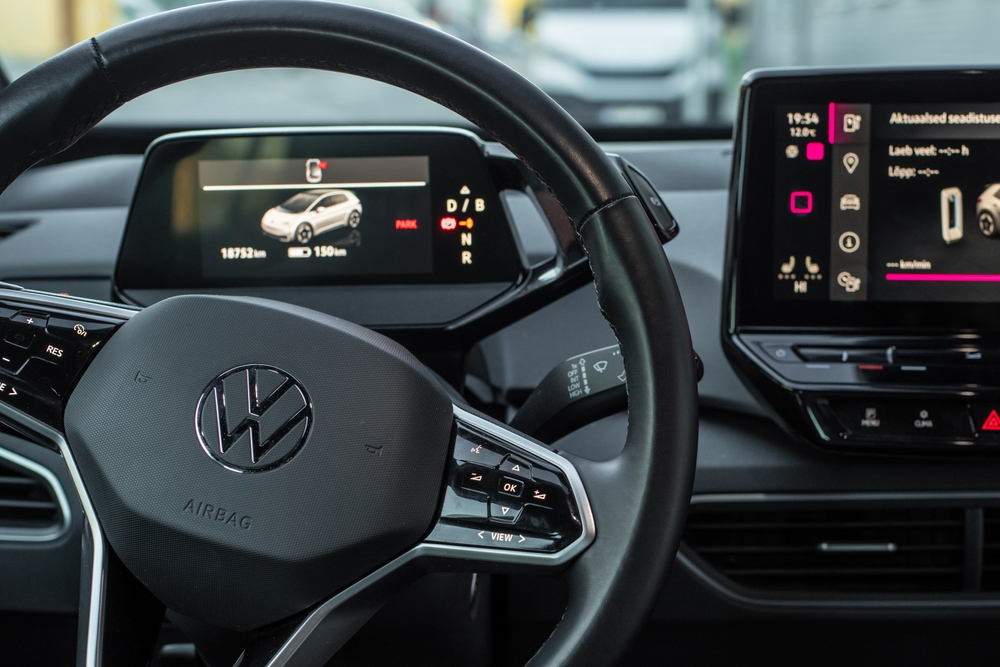
In this article, we delve into the multifaceted benefits of hybrid cars, from their impeccable fuel efficiency to their state-of-the-art technologies. Read More.
The Rise and Fall of 8 Promising EV Startups
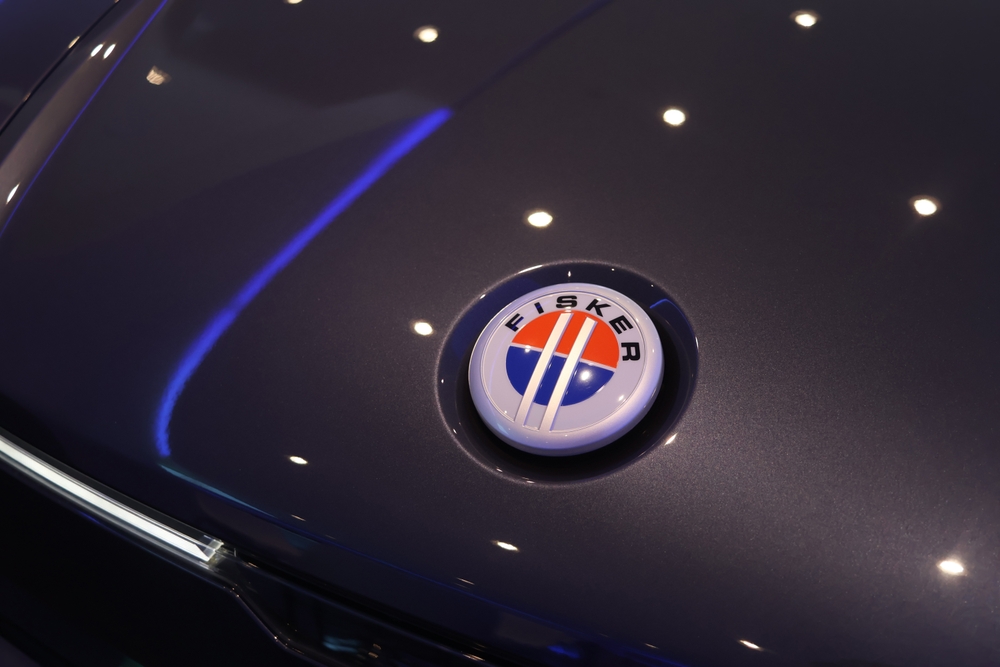
This article charts the captivating journey of these ambitious ventures, exploring the meteoric rise and unfortunate descent of various EV companies. Read More.
Top 20 Coolest Corvettes Ever Made
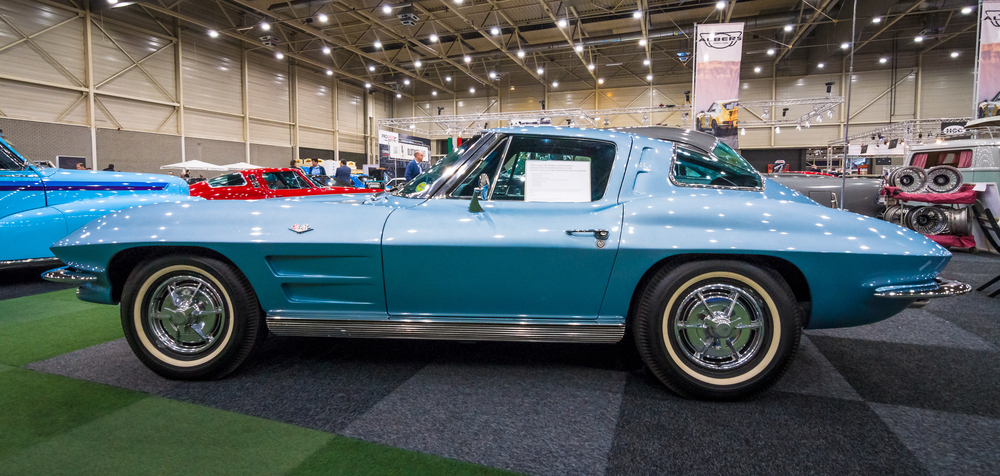
The Chevrolet Corvette has long been an icon of American automotive excellence, blending stunning design with incredible performance. Over the years, this legendary sports car has seen numerous iterations, each cooler than the last. Read More.

